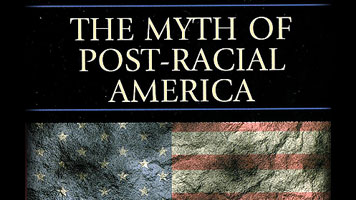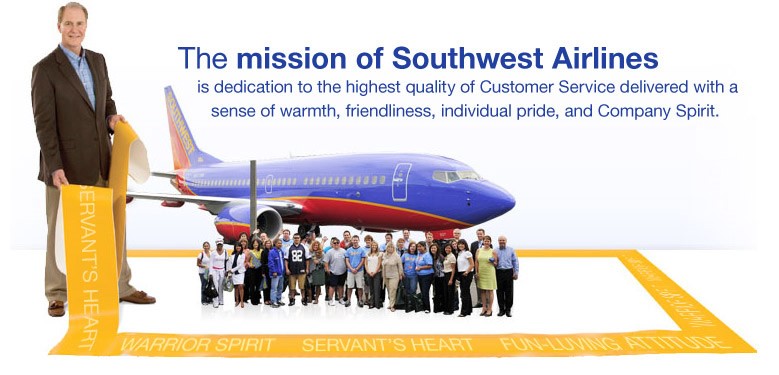“To enforce the constitutional right to vote…to provide injunctive relief against discrimination in public accommodations…to protect constitutional rights in public facilities and public education…to extend the Commission on Civil Rights…to prevent discrimination in federally assisted programs…to establish a Commission on Equal Employment Opportunity, and for other purposes.” Civil Rights Act of 1964
Fifty years ago today, one of the biggest and last remaining legal barriers to equal opportunity in America was toppled when President Lyndon Johnson signed into law the most sweeping civil rights legislation since the post-Civil War Reconstruction era (see my May 21, 2014 post on “LBJ’s Great Society 50 Years Later”).
The Civil Rights Act of 1964 outlawed discrimination in such areas as voting, public restaurants, employment and education on the bases of such characteristics as race, color, religion, national origin and gender. It was a pivotal moment in our nation’s on-going struggle to right the wrongs of the past and form “a more perfect union.” It ushered in an era of diversity and inclusion that in the last half-century has literally transformed the face of America.
But have we achieved Martin Luther King, Jr.’s “Dream”? Four years ago, I read Tim Wise’s Between Barack and a Hard Place: Racism & White Denial in the Age of Obama. Wise suggests we still have some work to do…
Click here to continue


